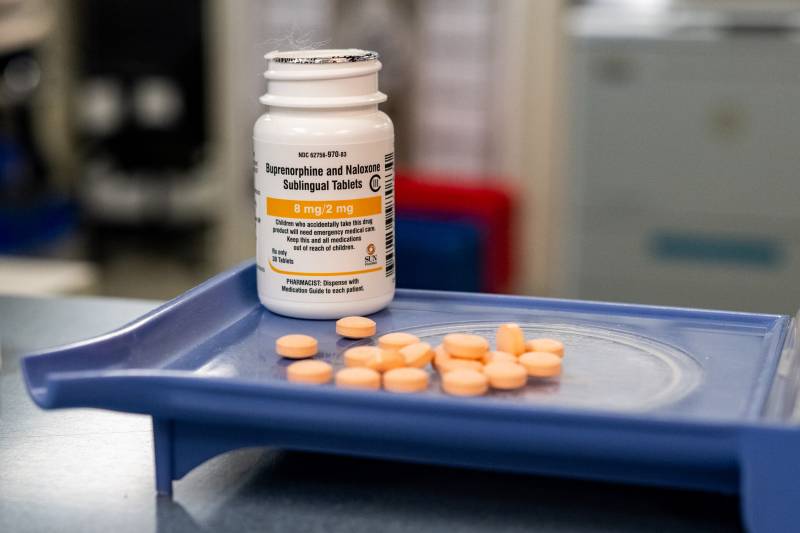According to a study published in the journal ACS Chemical Neuroscience, medetomidine is over 100 times more potent than xylazine. Improper use of the drug is associated with severe blood pressure instability, including hypotension and central nervous system depression.
It’s too soon to say whether medetomidine will supplant other drugs in the illicit market even as its presence increases, said Keith Humphreys, a Stanford University professor and addiction policy researcher.
Both medetomidine and xylazine are earmarked for veterinary use and therefore face less rigorous regulation processes than substances made for humans, which could explain why they’re becoming more common in the recreational drug supply, Humphreys said.
What’s more important is making sure the public knows what the drug is and what its effects are, he continued.
Naloxone cannot be used to treat overdoses involving medetomidine. While there are reversal agents that can be used to reverse the drug’s sedative effects, they are not as common because they’re marketed for animals, Humphreys said.
San Francisco recorded 118 accidental drug overdose deaths in the first two months of 2025, according to preliminary data from the Office of the Chief Medical Examiner. The number of fatal overdoses this year — 57 in January and 61 in February — marks a significant uptick after four months of declines, with October seeing a low of 37.
Mayor Daniel Lurie and other city officials are pushing for more aggressive responses to the city’s unprecedented drug crisis.
Earlier this year, the Board of Supervisors passed Lurie’s ordinance titled “Fentanyl State of Emergency,” which gives the mayor’s office and other city agencies the authority to pursue city contracts and private donations to combat fentanyl use without supervisors’ approval.
Lurie also ordered the Public Health Department last month to scale back harm reduction programs that provide people with safe smoking supplies in public spaces, instructing health officials to move distribution indoors.
Humphreys said city officials need to consider more preventive measures when it comes to addressing drug abuse.
“If we continue to approach this problem by sort of waiting till people are engaged in really dangerous behavior and then throwing a lot of resources at them, we’ll never come to the end of this,” Humphreys said. “We need to have fewer people entering into that cycle of harm and risk because we can’t really control these markets and make them safe.”
KQED’s Gilare Zada contributed to this report.

